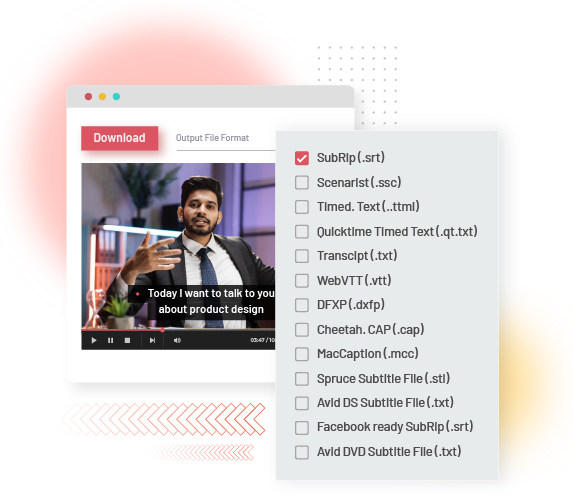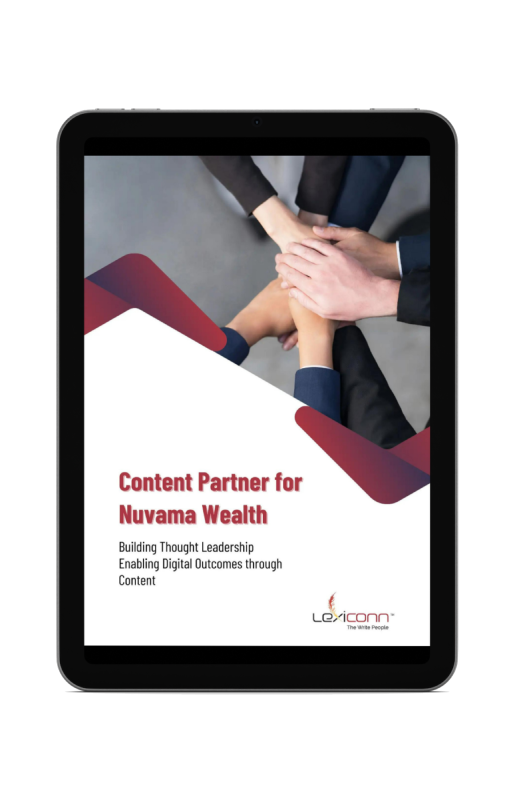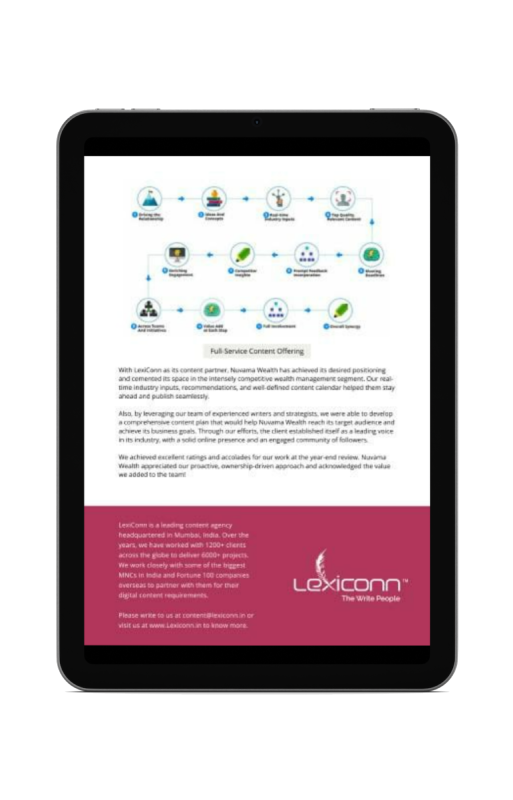
Remember how Bob Dylan sang: “These ants are my friends, they’re blowin’ in the wind”? Great song. Except it wasn’t about a man’s comrades in a tragic disaster. The answer my friend is blowing in the wind – that is the correct lyric for the song, and it makes far more sense. When video and audio have become the primary means of content consumption, erroneous hearing needs to be minimal, or supplemented by text, to get the right message across.
Subtitles are a great way to ensure that your audio/visual content is not misheard.
Subtitles are the text or captions that appear in video content as a representation of the dialog being spoken, or the commentary in films, games, and television programs. They are usually displayed at the bottom of the screen.
Open Caption
Open captions, in simple terms, are captions that are always shown on the screen. Most common examples are videos shown in public places such as malls, buses, airports, etc. The noise in these places render captioning a necessity.
Closed Caption
In this case, the viewer has the choice of viewing the captions, or hiding them. They are generally used in entertainment videos, where subtitles may not be required by everyone, always.
Subtitles for the deaf or hard-of-hearing (SDH)
Subtitles are provided in the original language along with important non-dialog information, such as ‘door creaking’, or ‘glass shatters’, etc. It helps in painting a comprehensive picture of the scene, especially for deaf or hard-of-hearing (HOH) individuals.
Single Language Subtitling (SLS)
Single Language Subtitling involves providing captions in the same language as the one being spoken. This is a great way to make reading a practice, while also serving as a pronunciation tool.
Translation
Subtitles are especially useful in translating content from a foreign language to a native one – typically seen in films, where the original voice and dialog of the foreign language is preferred.
Video content is poised to be the next big thing for digital media consumption. YouTube reports that mobile video consumption grows by 100% every year. With more decision makers focused on creating video content, chances of your content gaining traction would probably reduce. This is where subtitling your content could give you an edge:
Accessible to All
A video without subtitles eliminates viewership from the deaf or hard-of-hearing demographic. Whereas a video with subtitles will be easily understood even by those who do not understand the language being spoken, or have difficulty following the accent. Your video is then accessible to a larger audience.
More Engagement
According to Facebook, videos experience increased view times when they have captions. Moreover, captions are useful when watching videos in an environment with disruptive ambient sound, or where audio may be completely inaccessible. As a result, viewers would remain engaged regardless of the audio accessibility.
Widespread Indexing
While the video by itself, cannot be profiled by YouTube, the captions file can be read by its bots. Captions allow YouTube and Google to know more about the content of your video. As a result, the video can show up in several other search results, which could lead to more views.
Cost-effective
Subtitling a video is more cost-effective, as opposed to dubbing it to the native language. The original audio file of the content does not need to be tampered, while also providing the viewer the option of captions. Also, for the sake of authenticity of the art, hearing the original voice and dialogue is generally preferred.
Adding subtitles to our content consists of the following stages:
Spotting
This stage involves identifying the insertion points, taking into account synchronicity with the audio, and changes in camera shot and scene.
Trans-creation
Translating the original sentence to the native language while keeping the meaning intact. The duration of the subtitle and length is a crucial limiting factor here.
Simulation
A rough cut of the video with translated subtitles, to ascertain if the integration is seamless and easy to understand.
Correction
Correction of the errors identified in the previous stage, followed by final processing.
As a company that understands the power of words, we are well placed to bridge the communication gap. Our subtitling capabilities include Hindi audio to English text, and SLS (English, only). With hawk eyes and bat ears, we ensure there’s no loss in meaning, and the emotion is well documented.
Visit us www.lexiconn.in or drop us a line at [email protected].
LexiConn also offers a free 30-minute content consultation session to help you with your content strategy.
Let's discuss how we can collaborate to unlock growth opportunities for your organization.


I have read and accept the Privacy Policy
Read More